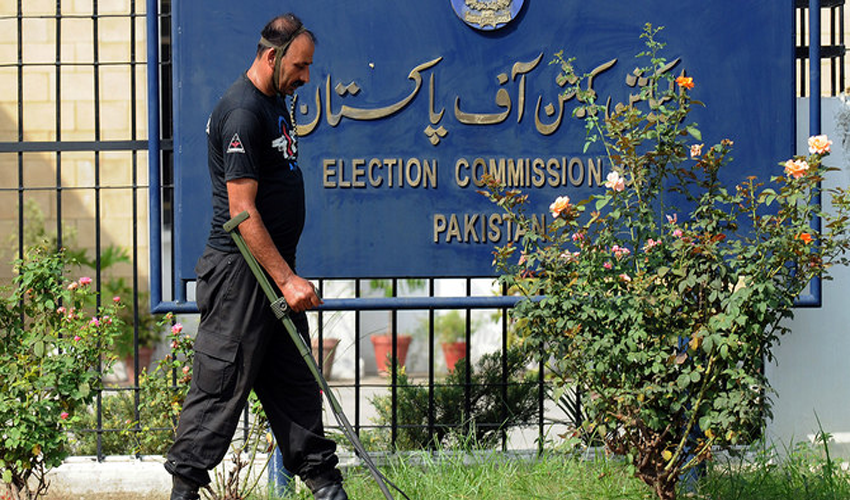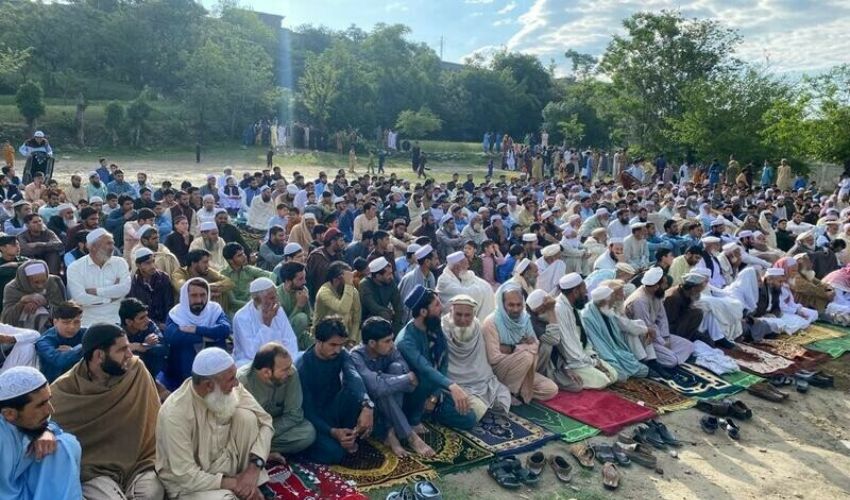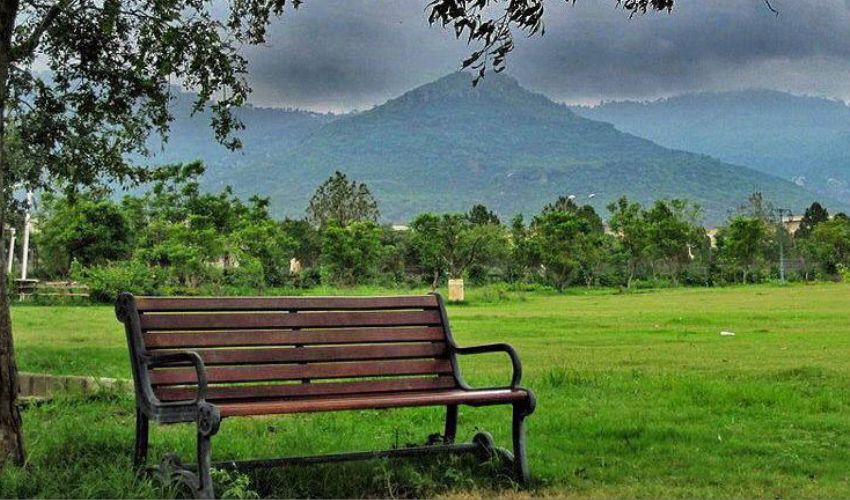In a bid to address concerns raised by the monitoring group Free and Fair Election Network (Fafen), the Election Commission of Pakistan (ECP) on Monday clarified key aspects of its preliminary delimitations report.
The electoral watchdog in an issued statement emphasised that Fafen's analysis of the initial constituencies was flawed and based on a misunderstanding of the criteria used for seat distribution.
The ECP's preliminary delimitations, released on Wednesday, were formulated in light of the 2023 digital census, and they aimed to rationalize electoral districts across the nation.
These changes included the consolidation of numerous districts to ensure equitable population representation and a reshuffling of the number of national and provincial assembly seats allocated to various districts.
Addressing Fafen's concern, the ECP explained that it had distributed 266 seats in the National Assembly among the provinces based on population. However, Fafen mistakenly considered the province as the unit for determining seats instead of the district unit, leading to confusion.
The Elections Act 2017, Section 20, outlines various rules for constituencies beyond population, and the reasons for changes in constituencies were detailed in the preliminary constituency report.
The Election Commission highlighted that recent amendments to the Elections Act, 2017, including the introduction of a new provision to Section 20(3), no longer mandate the ECP to "strictly adhere" to existing district boundaries if doing so would result in a population variance of more than 10 percent, in order to ensure fairer elections.
Fafen report
Fafen, a monitoring group, has highlighted the importance of comparing the population of electoral constituencies to identify differences.
This can be done by comparing a constituency's population with the average population per seat in an assembly or the quota per seat.
Fafen emphasized that the quota is determined by dividing a province's population, as per the latest officially published census, by the number of seats allocated to that province in the national or provincial assemblies, as specified in the Constitution.
Last month, Fafen called on the electoral watchdog to rigorously ensure that each constituency had approximately the same number of residents.
In a recent press release, Fafen pointed out that as many as 180 constituencies in the National and provincial assemblies did not meet the legal requirement of a 10% variation in population.
This discrepancy undermined the "principle of equal suffrage," despite recent amendments in the Elections Act that aimed to uphold this principle.
The press release noted that amendments to the Elections Act, enacted on August 4, 2023, and approved by Parliament, required the Election Commission of Pakistan (ECP) to minimize population variations among assembly constituencies, ideally not exceeding 10%.
The monitoring group provided the quota populations for National Assembly (NA) constituencies for various regions, such as 907,913 for Khyber Pakhtunkhwa, 787,954 for the Islamabad Capital Territory, 905,595 for Punjab, 913,052 for Sindh, and 930,900 for Balochistan. Similarly, provincial assembly (PA) seat quotas were established, including 355,270 for KP, 429,929 for Punjab, 428,432 for Sindh, and 292,047 for Balochistan.
Despite these legal requirements and quotas, an analysis of the preliminary 2023 delimitation report and draft constituency lists showed that the emphasis on minimizing population variation was not extensively applied to ensure equal voting rights in constituencies.
The press release pointed out that the Election Act changes were only used to delimit 11 NA constituencies (six in KP, three in Punjab, and two in Sindh) and one Punjab Assembly constituency.
As a result of this limited application of the law, the number of constituencies with more than a 10% variation in population increased from 170 (82 NA and 88 PA constituencies) in the 2022 delimitation to 180 (83 NA and 97 PA constituencies) in the 2023 draft lists of constituencies.
This means that over one-fifth of the total demarcated constituencies do not comply with Section 20(3) of the Elections Act, 2017. Notably, the proposed NA constituencies with more than a 10% population variation included 35 constituencies in Punjab, 22 in Sindh, 21 in Khyber Pakhtunkhwa, and five in Balochistan.



























